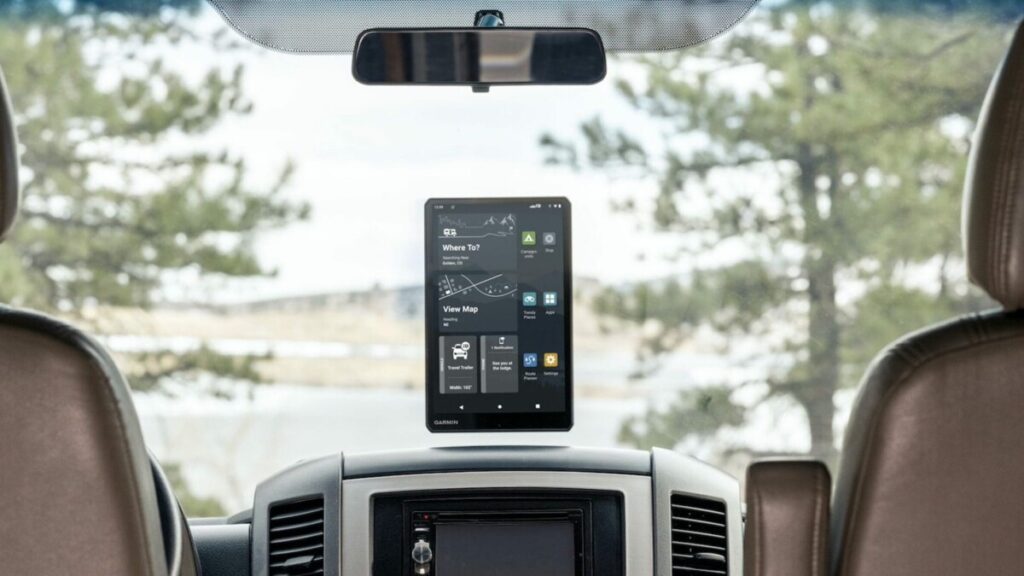Maps and GPS have transformed the way we travel, making exploration stress-free and efficient. Maps provide visual guidance, helping us plan routes and discover points of interest. There are different types of maps for various travel needs, from road maps for highways to city maps for urban exploration. GPS technology ensures accurate location tracking and real-time updates, making it almost impossible to get lost. GPS offers convenience, saves time and money, and enhances the overall travel experience. To use maps and GPS effectively, plan ahead, stay aware of your surroundings, and regularly update software. Overall, maps and GPS are essential for stress-free travel adventures.
Lost and Found: How to Use Maps and GPS for Stress-Free Travel
Introduction
Traveling to unfamiliar places can be both exciting and nerve-wracking. The fear of getting lost can often overshadow the joy of exploration. However, with the advent of technology, navigating through unfamiliar territories has become a lot easier. Maps and GPS have revolutionized the way we travel, enabling us to explore with confidence and ease. In this article, we will delve into the benefits of using maps and GPS for stress-free travel.
The Power of Maps
Maps have been an essential tool for travelers for centuries. They provide a visual representation of the world around us, guiding us from one point to another. Whether it’s a paper map or a digital one, having a map on hand can be a lifesaver when you find yourself in unfamiliar surroundings. Maps can help you plan your route, find points of interest, and navigate through complex city streets. They can also be a great way to learn more about the history and geography of the places you visit.
Types of Maps
There are several types of maps that you can use when traveling. Road maps are great for navigating through highways and byways, while topographic maps are ideal for outdoor adventures such as hiking and camping. City maps are essential for exploring urban areas, while transit maps can help you navigate public transportation systems. Whether you prefer paper maps or digital maps, there’s a type of map for every traveler and every destination.
The Magic of GPS
GPS, or Global Positioning System, has revolutionized the way we navigate through the world. This satellite-based technology can pinpoint your location with incredible accuracy, making it almost impossible to get lost. With a GPS device or app on your smartphone, you can easily find your way from point A to point B, even in the most remote locations. GPS can also provide real-time traffic updates, alternative routes, and other helpful information to make your journey smoother and more efficient.
Benefits of GPS
One of the biggest advantages of GPS is its convenience. With just a few taps on your smartphone, you can instantly access maps, directions, and other travel information. GPS also allows you to explore new places with confidence, knowing that you can always find your way back. In addition, GPS can help you save time and money by avoiding traffic jams, getting lost, or missing important landmarks. Overall, GPS is a powerful tool that can enhance your travel experience and make your journey stress-free.
Tips for Using Maps and GPS
While maps and GPS can be incredibly helpful, it’s important to use them wisely to avoid getting overwhelmed or distracted. Here are some tips for using maps and GPS effectively:
- Plan your route in advance and familiarize yourself with the map or GPS app.
- Always have a backup plan in case your GPS signal is lost or your device malfunctions.
- Pay attention to your surroundings and use your common sense when navigating through unfamiliar areas.
- Keep your device charged and carry a portable charger or spare batteries just in case.
- Update your maps and GPS software regularly to ensure accurate and up-to-date information.
Conclusion
In conclusion, maps and GPS are essential tools for stress-free travel. By using these technologies wisely, you can navigate through unfamiliar territories with confidence and ease. Whether you’re exploring a new city or embarking on a wilderness adventure, maps and GPS can be your best companions on the journey. So next time you’re planning a trip, don’t forget to pack your maps and GPS device – they just might save the day!
